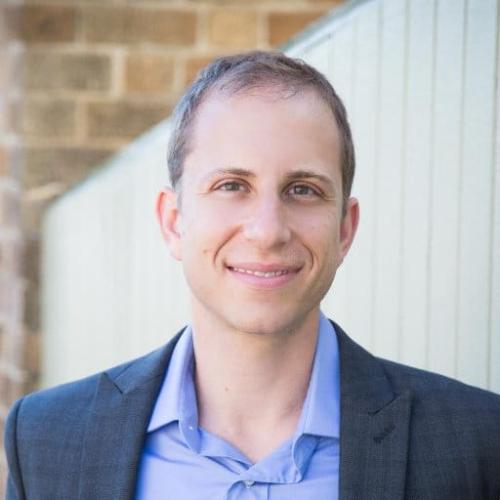Memory continues to be a critical bottleneck for AI/ML systems, and keeping the processing pipeline in balance requires continued advances in high performance memories like HBM and GDDR, as well as mainstream memories like DDR. Emerging memories and new technologies like CXL offer additional possibilities for improving the memory hierarchy. In this panel, we’ll discuss important enabling technologies and key challenges the industry needs to address for memory systems going forward.

Steven Woo
I was drawn to Rambus to focus on cutting edge computing technologies. Throughout my 15+ year career, I’ve helped invent, create and develop means of driving and extending performance in both hardware and software solutions. At Rambus, we are solving challenges that are completely new to the industry and occur as a response to deployments that are highly sophisticated and advanced.
As an inventor, I find myself approaching a challenge like a room filled with 100,000 pieces of a puzzle where it is my job to figure out how they all go together – without knowing what it is supposed to look like in the end. For me, the job of finishing the puzzle is as enjoyable as the actual process of coming up with a new, innovative solution.
For example, RDRAM®, our first mainstream memory architecture, implemented in hundreds of millions of consumer, computing and networking products from leading electronics companies including Cisco, Dell, Hitachi, HP, Intel, etc. We did a lot of novel things that required inventiveness – we pushed the envelope and created state of the art performance without making actual changes to the infrastructure.
I’m excited about the new opportunities as computing is becoming more and more pervasive in our everyday lives. With a world full of data, my job and my fellow inventors’ job will be to stay curious, maintain an inquisitive approach and create solutions that are technologically superior and that seamlessly intertwine with our daily lives.
After an inspiring work day at Rambus, I enjoy spending time with my family, being outdoors, swimming, and reading.
Education
- Ph.D., Electrical Engineering, Stanford University
- M.S. Electrical Engineering, Stanford University
- Master of Engineering, Harvey Mudd College
- B.S. Engineering, Harvey Mudd College

David Kanter
David co-founded and is the Head of MLPerf for MLCommons, the world leader in building benchmarks for AI. MLCommons is an open engineering consortium with a mission to make AI better for everyone through benchmarks and data. The foundation for MLCommons began with the MLPerf benchmarks in 2018, which rapidly scaled as a set of industry metrics to measure machine learning performance and promote transparency of machine learning techniques. In collaboration with its 125+ members, global technology providers, academics, and researchers, MLCommons is focused on collaborative engineering work that builds tools for the entire AI industry through benchmarks and metrics, public datasets, and measurements for AI Safety. Our software projects are generally available under the Apache 2.0 license and our datasets generally use CC-BY 4.0.

Brett Dodds

Nuwan Jayasena
Nuwan Jayasena is a Fellow at AMD Research, and leads a team exploring hardware support, software enablement, and application adaptation for processing in memory. His broader interests include memory system architecture, accelerator-based computing, and machine learning. Nuwan holds an M.S. and a Ph.D. in Electrical Engineering from Stanford University and a B.S. from the University of Southern California. He is an inventor of over 70 US patents, an author of over 30 peer-reviewed publications, and a Senior Member of the IEEE. Prior to AMD, Nuwan was a processor architect at Nvidia Corp. and at Stream Processors, Inc.